Introduction to Semi-Trailer Specifications
When it comes to the transportation industry, understanding the specifications of semi-trailers is crucial for manufacturers, operators, and logistics professionals. A semi-trailer, typically used in freight transport, can significantly impact load capacity, fuel efficiency, and overall performance of the hauling vehicle. One of the most common types of semi-trailers is the 53-foot model. This article explores the weight of a 53-foot semi-trailer, delving into various factors that influence its weight and providing essential insights for those in the trucking sector.
What Is the Standard Weight of a 53-Foot Semi-Trailer?
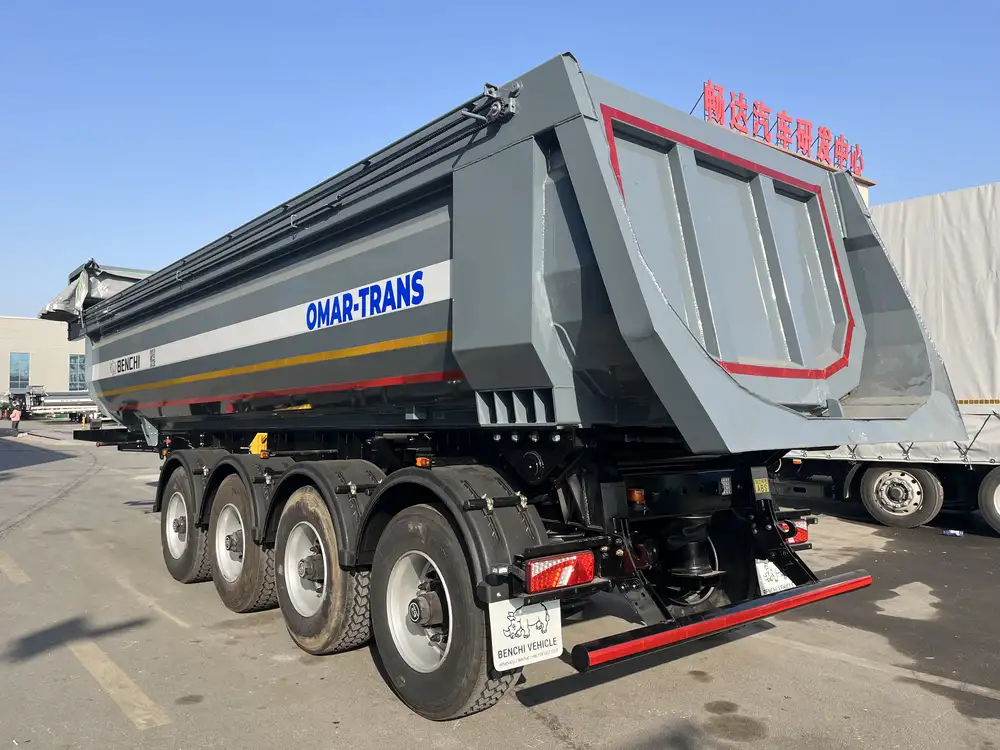
Basic Weight Specifications
The weight of a 53-foot semi-trailer can vary based on its construction, materials, and design. Generally, a standard 53-foot dry van trailer weighs between 10,000 to 15,000 pounds (approximately 4,500 to 6,800 kg) when empty. This is referred to as the trailer’s tare weight. Understanding this basic weight is crucial for calculating payload capacity and ensuring compliance with federal weight regulations.
Components Influencing Weight
The weight of a 53-foot semi-trailer is affected by numerous components, which include:
| Component | Influence on Weight |
|---|---|
| Construction Material | Aluminum trailers weigh less than steel trailers. |
| Type of Trailer | Flatbeds, reefers, and dry vans have varying weights. |
| Axle Configuration | More axles can distribute weight but add to the total weight. |
| Interior Features | Refrigeration units on reefers significantly increase weight. |
| Suspension System | Different suspensions can add or reduce weight. |
Tare Weight Vs. Gross Vehicle Weight
Tare weight is just one aspect of trailer weight. The Gross Vehicle Weight Rating (GVWR) is another essential specification, representing the maximum weight a vehicle can safely carry, which includes:
- The weight of the trailer itself (tare weight).
- The weight of cargo being transported.
- The weight of the trailer’s attached components, such as axles, tires, and fuel.
For a typical 53-foot semi-trailer, the GVWR can reach up to 80,000 pounds (about 36,300 kg) for the entire vehicle, which includes the truck and trailer combined. This weight limit is established by the Federal Highway Administration and is vital for safety and regulatory compliance.
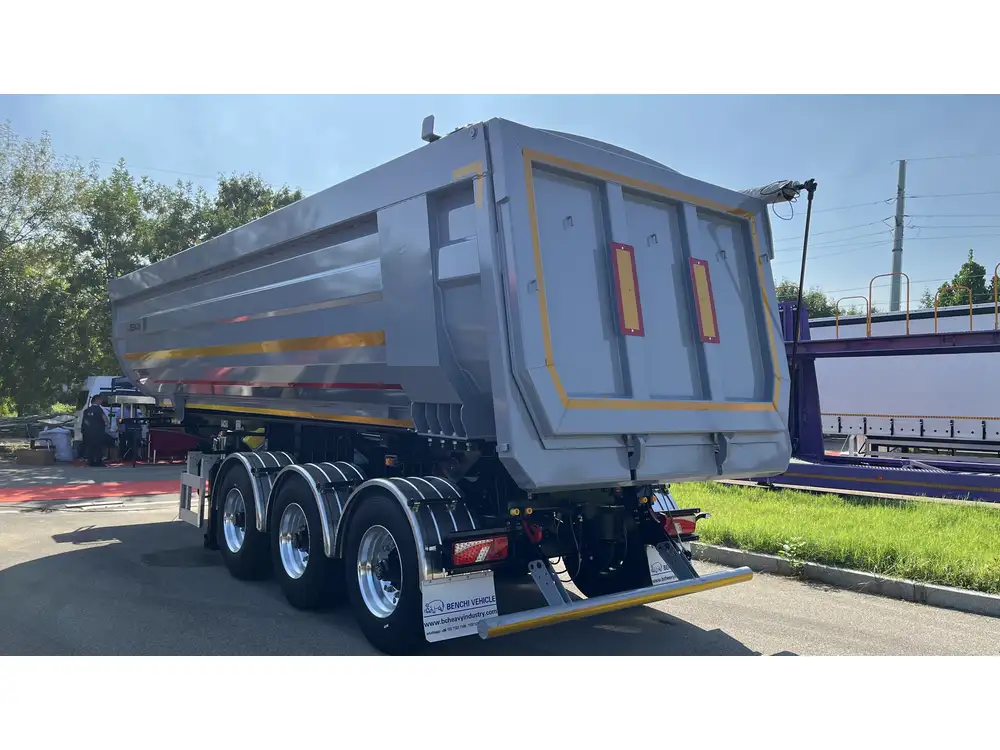
Factors Affecting the Weight of a 53-Foot Semi-Trailer
Material Composition
The type of materials used in the trailer’s construction has a significant impact on its weight. For instance:
- Aluminum Trailers: Light and corrosion-resistant, they are typically favored for their weight savings, making them ideal for long-haul drivers who need to maximize payload. An aluminum trailer can weigh about 7,000 to 11,000 pounds.
- Steel Trailers: More robust but heavier, these trailers can weigh anywhere from 12,000 to 15,000 pounds. Steel offers increased durability but at the cost of additional weight.
Trailer Type Variations
Different types of 53-foot semi-trailers serve specific purposes and exhibit weight discrepancies:
- Dry Van Trailers: The most common, typically falling into the tare weight range outlined earlier.
- Reefer Trailers: These refrigerated trailers often weigh more due to the added refrigeration unit. Tare weights can soar up to 15,000 to 18,000 pounds.
- Flatbed Trailers: Useful for transporting bulky loads, these can weigh about 10,000 to 14,000 pounds, depending also on the additional equipment used for securing cargo.
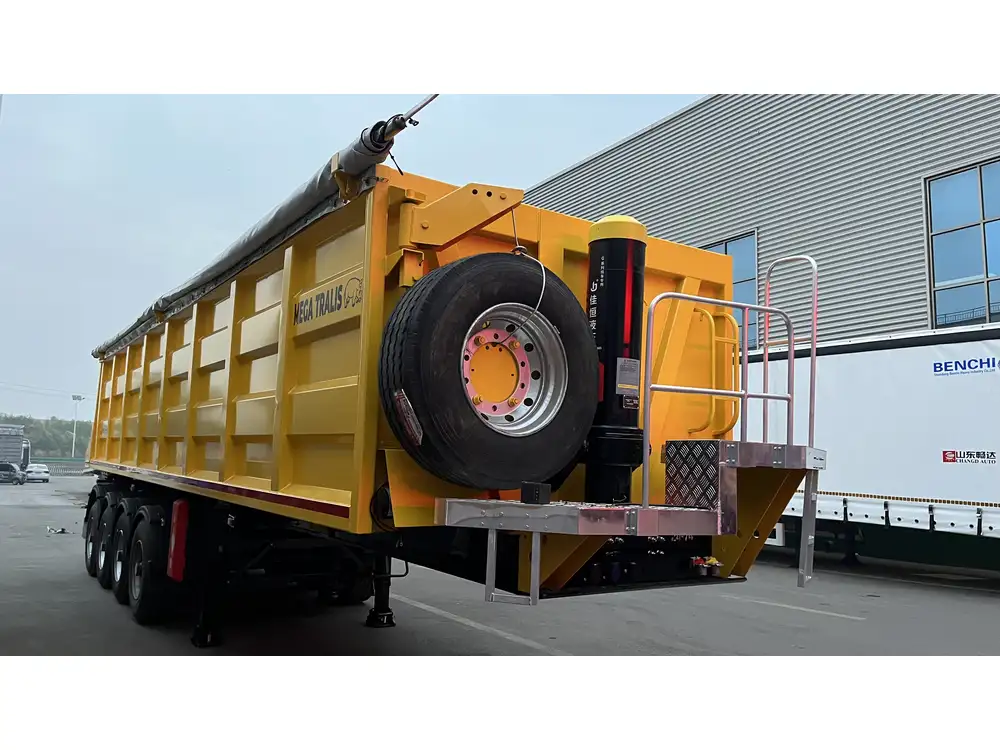
Axle Configuration and Distribution
The axle arrangement can significantly affect the trailer’s weight and weight distribution:
- Single-Axle Designs: Common in lightweight situations but may lead to overloading for heavier cargo.
- Tandem Axles: More common in long-haul applications, they provide better distribution of weight and can support heavier loads, improving truck performance.
Payload Capacity Calculation
Determining Effective Loading Weight
To calculate payload capacity, one must consider:
- Tare Weight: The weight of the trailer when empty.
- GVWR: The total permissible weight of the loaded vehicle.
The formula is as follows:
[ \text{Payload Capacity} = \text{GVWR} – \text{Tare Weight} ]For example, if the tare weight of a 53-foot trailer is 12,000 pounds and its GVWR is 80,000 pounds:
[ \text{Payload Capacity} = 80,000 – 12,000 = 68,000 \text{ pounds} ]This simplistic calculation shows the potential for carrying substantial cargo.

Common Issues with Weight Compliance
Overloading Risks
Overloading a semi-trailer can lead to numerous issues, including:
- Increased Wear and Tear: Excess weight can lead to faster deterioration of tires, brakes, and suspension systems.
- Legal Penalties: Trucks exceeding their GVWR can incur hefty fines and regulations violation penalties.
- Safety Hazards: Overweight vehicles are more prone to accidents due to impaired handling and longer stopping distances.
Solutions for Weight Compliance
To mitigate the risks of overload, consider implementing the following strategies:
- Regular Weight Checks: Utilize portable scales to measure trailer weight frequently during trips.
- Load Distribution: Optimize load placement to adhere to weight limits and enhance vehicle stability.
- Adjustable Air Ride Suspension Systems: Invest in systems that allow for dynamic adjustment based on load weight.
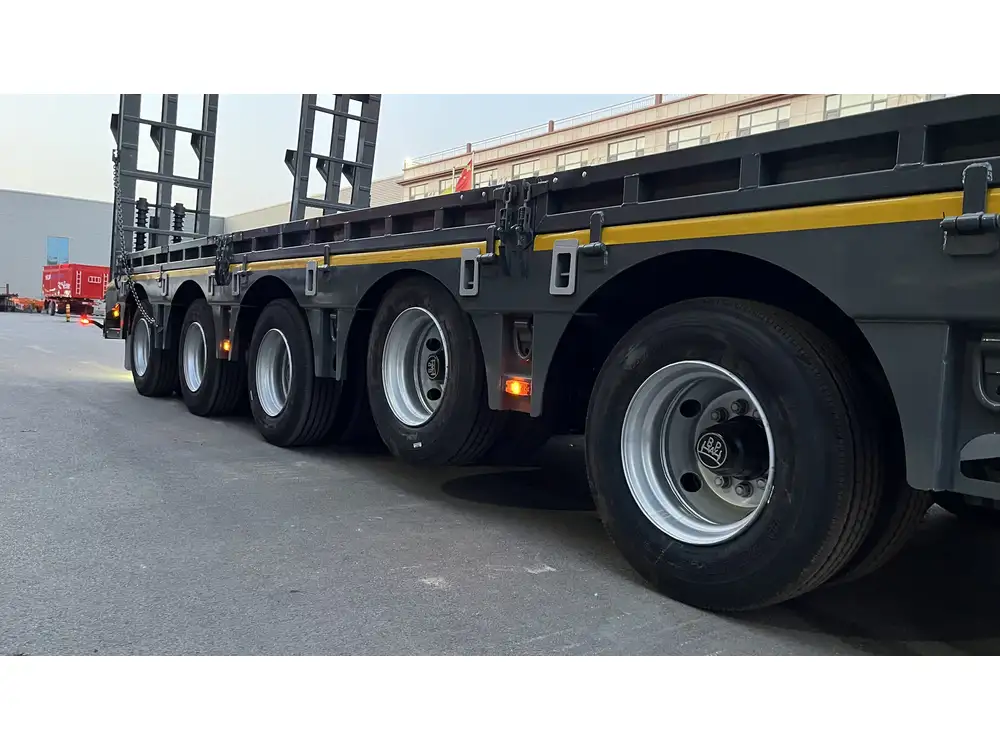
Maintenance of Weight Compliance
The Role of Regular Inspections
Ensuring that a 53-foot semi-trailer remains compliant requires regular inspections, which should focus on:
- Brake Systems: Assessing the efficiency of weight-bearing components.
- Tire Conditions: Checking for wear related to weight distribution.
- Frame Integrity: Ensuring the structural components are not compromised due to excessive weight.
Regular maintenance not only supports compliance but also enhances the overall lifespan of the semi-trailer.
Advanced Technology for Weight Management
Innovative technologies can aid in weight management:
- Automatic Weight Monitoring Systems: Integrated systems that provide real-time weight readings during transit can help drivers ensure compliance effortlessly.
- Telematics Solutions: Advanced systems that monitor trailer conditions, enabling proactive management of weight and maintenance needs.
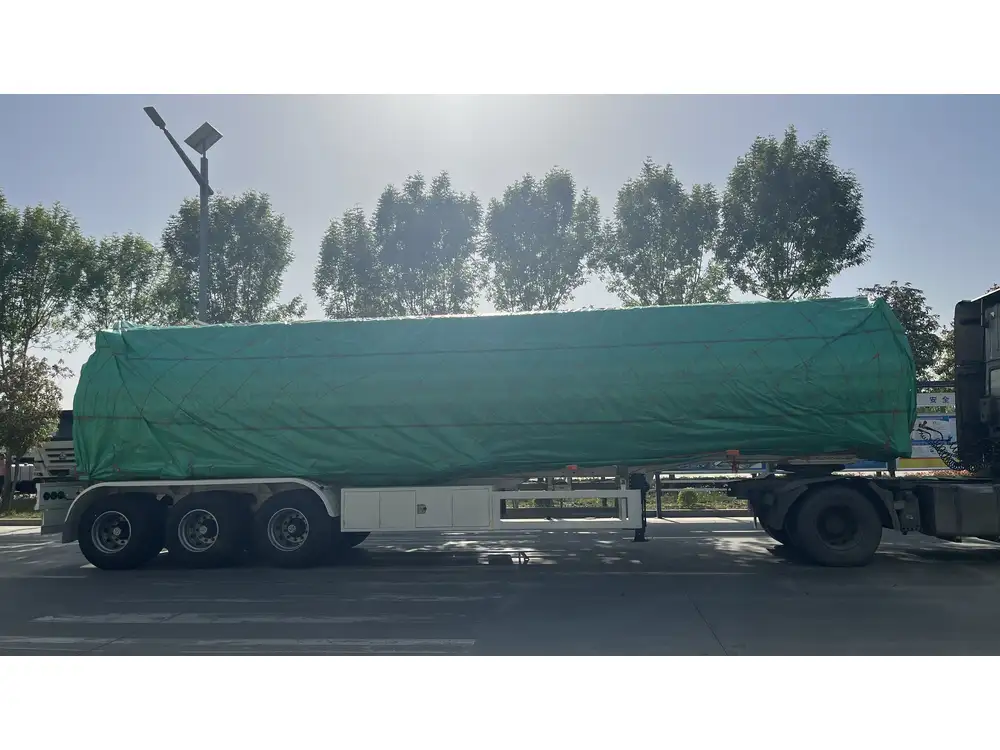
Conclusion
Understanding the weight nuances of a 53-foot semi-trailer is essential for anyone involved in the trucking and logistics industry. From the standard tare weight to the intricate factors impacting weight, such as material composition and design, comprehensive knowledge is vital for optimizing performance and ensuring compliance. By adhering to effective weight management practices, utilizing modern technology, and embracing regular maintenance, fleet operators can maximize efficiency, enhance safety, and contribute positively to the overall transport ecosystem. Engaging in detailed analysis and employing strategic weight management will also ultimately provide a competitive edge in the dynamic world of freight transport.



